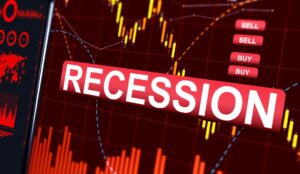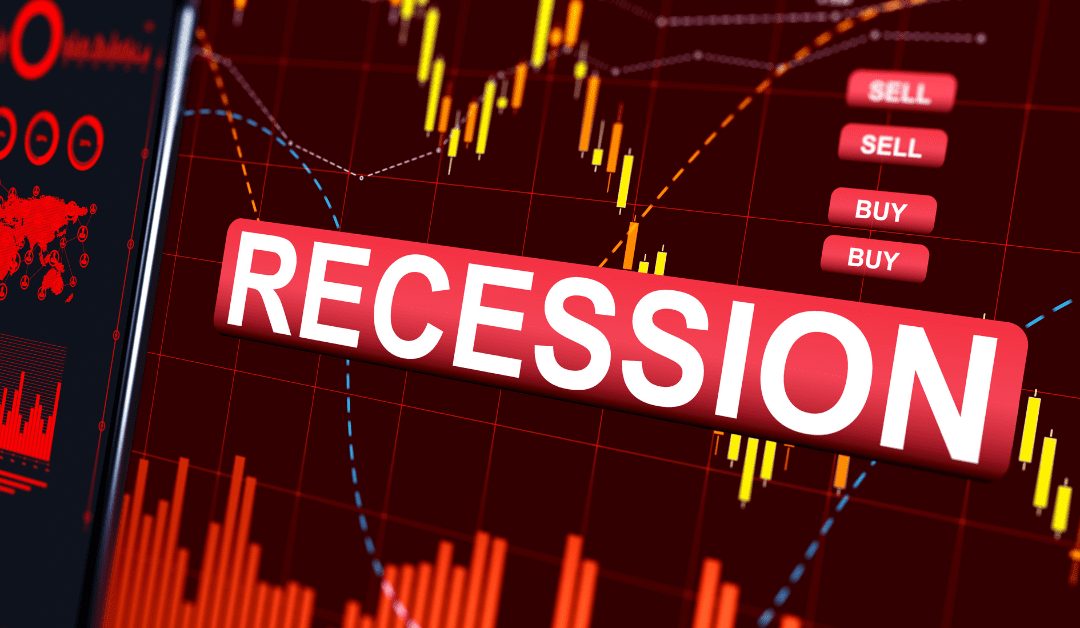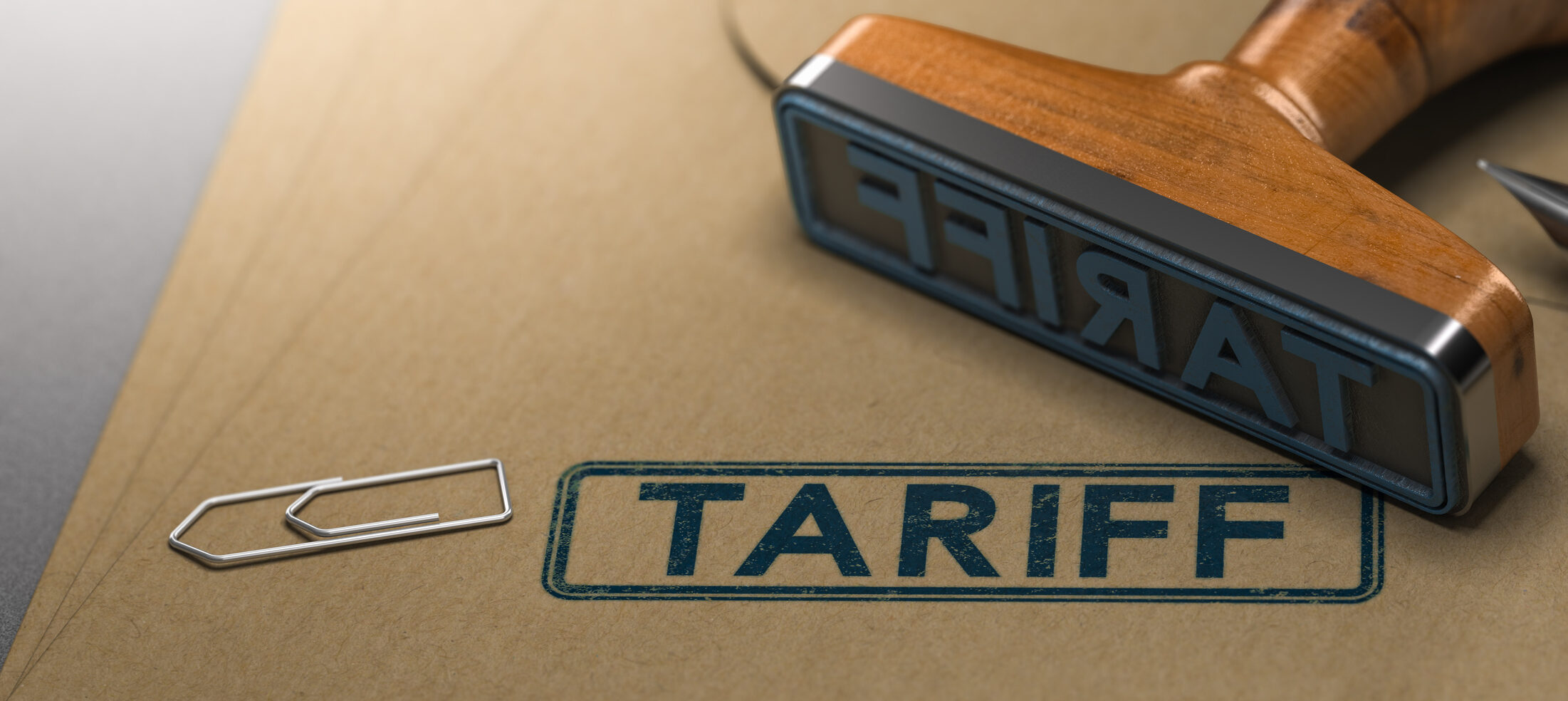Tariffs and Federal Job Cuts: A Recipe for Economic Downturn
The combination of increased tariffs and significant federal job cuts is setting the stage for a potential recession in the U.S. economy. These policies, while aimed at addressing fiscal concerns and trade imbalances, could have far-reaching consequences for economic growth, employment, and the stock market.
The Economic Impact of Tariffs
Tariffs, often implemented to protect domestic industries, can have unintended negative effects on the broader economy. The U.S. tariffs imposed during the 2018-2019 trade war, ranging from 10% to 25%, disrupted global supply chains, raised production costs for businesses, and increased consumer prices. For example:
- Higher Costs for Businesses and Consumers: Empirical research shows that every 10% increase in tariffs raises producer prices by about 1%, leading to a 0.3% rise in the Consumer Price Index (CPI) during that period[1].
- Job Losses in Dependent Industries: Industries reliant on imported inputs saw employment declines of about 1.8%, equating to approximately 220,000 jobs lost[1].
- Economic Inefficiencies: While tariffs provided modest gains in protected sectors, they resulted in a net loss of $51 billion (0.27% of GDP) for consumers and firms reliant on imports[1].
The new wave of tariffs proposed in 2025 is expected to exacerbate these issues. Retaliatory tariffs by foreign governments further reduce U.S. export competitiveness, shrinking GDP and employment levels[2][1]. The long-term effects include reduced capital investment as businesses face higher uncertainty and costs.
Federal Job Cuts: A Blow to Local Economies
Simultaneously, the Trump administration’s aggressive federal workforce reductions—estimated at up to 75% of federal jobs—could have devastating effects on local economies:
- Direct Job Losses: Around 200,000 federal positions are expected to be eliminated in 2025 alone, with an additional 100,000 employees accepting buyout offers[3][4]. This would represent one of the largest workforce reductions in U.S. history.
- Regional Economic Fallout: Cities heavily reliant on federal employment, such as Washington, D.C., are projected to lose tens of thousands of jobs. This will lead to decreased consumer spending and lower demand for goods and services locally[3][4].
- Ripple Effects Across Industries: Federal job cuts reduce household incomes by $22 billion nationwide in 2025, which could suppress consumer spending and weaken economic growth further[3][4].
Stock Market Implications
The combination of tariffs and federal job cuts creates a challenging environment for corporate earnings and investor confidence:
- Earnings Pressure: Higher input costs due to tariffs reduce profit margins for businesses reliant on global supply chains. Sectors like manufacturing and retail are particularly vulnerable.
- Reduced Consumer Spending: Federal job cuts will lower disposable incomes for thousands of households, reducing demand for consumer goods and services.
- Market Volatility: Policy uncertainty surrounding trade and government employment may lead to heightened volatility in financial markets as investors weigh the risks of slower economic growth.
Conclusion
The dual impact of rising tariffs and widespread federal job cuts poses a significant threat to the U.S. economy. These policies could lead to reduced GDP growth, higher unemployment rates, and declining corporate earnings—factors that increase the likelihood of a recession. For investors, this environment underscores the importance of caution as market losses may follow economic contractions driven by these policy choices.
related news & insights.
Why stop losses and limit orders may provide a guard rail to your portfolio.
Tariffs and Federal Job Cuts: A Recipe for Economic Downturn
Strategies to Mitigate the Impact of Tariffs on Your Investment Portfolios




